ADVERTISEMENT
Photos
What is Haitian Kombit or Kombite?
A method of agriculture frequent during the slavery period in Haiti which is still being in practice today. Kombit was used for several major crops including cotton, coffee, tobacco, indigo, and sugar plantations.
A Kombit is known as a rotating cooperative approach of farming which is totally different that the current practice of working for a paycheck. Planting and harvesting, usually done by the community and there is no exchange of money involved.
Haitian Kombit, a method of working the land
This is a farming method that was popular during the slavery period in Saint Domingue, now known as Haiti. What is exactly the Haitian Kombit? It was the perfected method of working the land during slavery, It is called a rotating cooperative approach to planting and harvesting. This method is still being used in many regions in Haiti today
New Haitian gathering place in Santo Domingo, Maison Kreyol
This Saturday, April 16, 2016 many personalities of the Haitian media was present at the inauguration of Maison Kreyol in the city of Santo Domingo in the Dominican Republic. The new Haitian restaurant in Santo Domingo opened during Diaspora Week.
It is primarily a Haitian restaurant which is considered to be the first of its kind in the neighboring country. It is already predicted to become a success for the Haitian community living in the Dominican Republic as the new Maison Kreyol will be a central location for Haitians either living or visiting the Dominican Republic.
Replacement of native Haitian rice with cheaper US imports
Something that both the Haitian government and President Bill Clinton come to regret. In 1993, U.S. President Bill Clinton encouraged Haitian President Jean-Bertrand Aristide to drop all protective tariffs and allow US to export rice to Haiti.
This so called aids to Haiti does nothing to boost local food production capacity. In addition for a government to allow this without any long term plan to increase local production is irresponsible at least. This policy created a level of dependency and caused further decline in Haitian agriculture.
Is there any one looking out for the future of Haiti or is it just that everyone in a particular situation is trying to do what is best for themselves. Unfortunately, it's every man for himself.
Haitian President Elect Michel Martelly Interview With The Press Miami Herald
In this interview, Michel Martelly who was elected as the new president of Haiti talked about the ongoing reconstruction of Haiti after the earthquake,
He wants transparency in the reconstruction of Haiti. He want to make sure the projects are good for Haiti before he giving his approval. Martelly also said that he has already identified some lands and financing sources to built permanent housing for the people under the tents.
Specialty Crop Vetiver Gives Growers a Fair Wage
Haiti is the leading producer of Vetiver in the world. It is reputable for its high quality vetiver oil that distinguishes itself as light, golden amber, and its fragrance is sweet, smooth and earthy.
Growers in Haiti in the towns of Massey, Faucault, and Bazelais produce a specialty crop, Vetiver. It is an essential oil used by French perfumer, Givaudau.
Givaudau and the growers formed a cooperative, Givaudau/Agri-Supply, so the delivery system for Vetiver could be modernized from the fields to the distillery. This meant repairing the road along which Vetiver is transported to the distillery. Benefits accruing to the growers are access to necessary services in the area.
The Economy of Creole Pig in Haiti
In 1979, fearing an attack of the African Swine Fever, the Haitian Government was convinced by the United States Agency for International Development (USAID) to eradicate their entire stock of Creole pigs. In a move that many say showed the Government's woeful disconnect from matters affecting the peasantry in Haiti, the pigs, which had taken on the role of investments for the poor, were eradicated and replaced by an American stock that never did acclimate to Haitian living.
Haitian Black Pig was the Haitian farmer investment
Here is a picture of the Creole Pig. the Haitian pigs was the way that most Haitian farmers invest for tomorrow.
Considered as a an investment, these pigs would be sold to send children to school, pay for wedding or funerals.
Because maintenance was low, it was easy for a family to have a few Creole pigs in the neighborhood until the need arises to sell them.


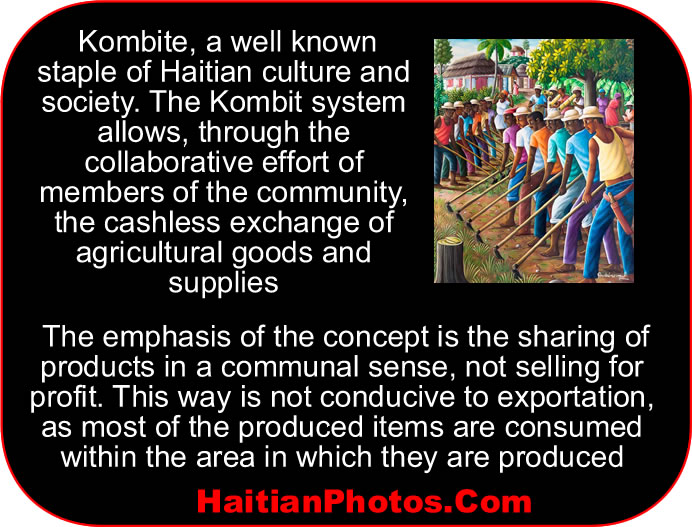


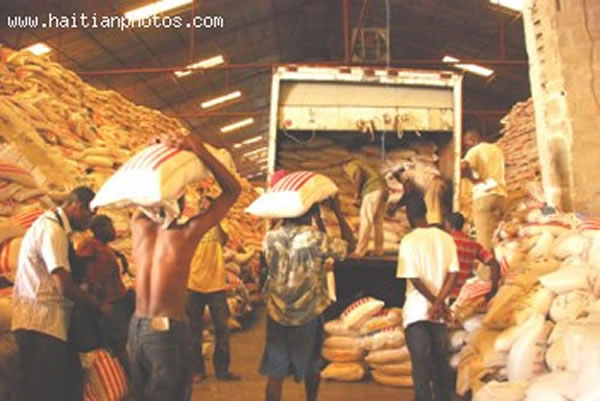

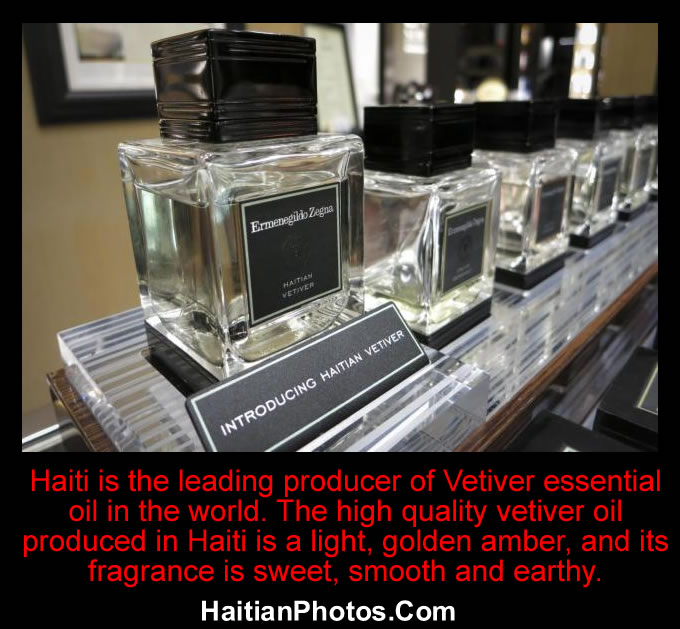
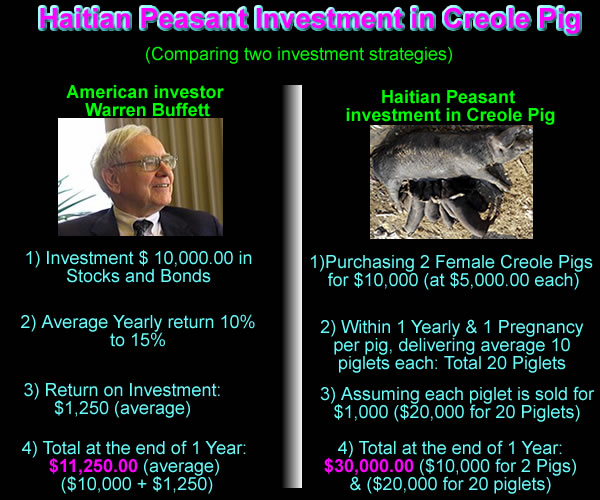
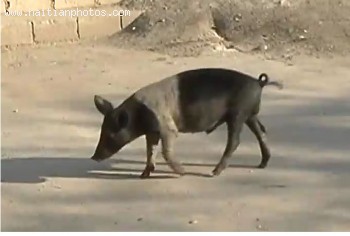
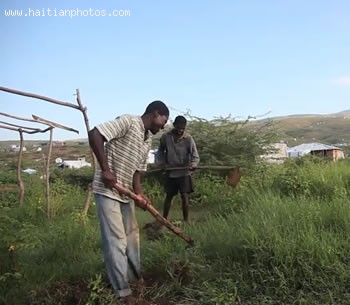
 Bouki Ak Ti Malice, Story Of Intelligence Vs Ignorance For...
Bouki Ak Ti Malice, Story Of Intelligence Vs Ignorance For...  Issa El Saieh And His Rich Sense Of Humor
Issa El Saieh And His Rich Sense Of Humor  Inauguration Lycée Jean-Louis Dulciné in Gris-Gris, Haiti
Inauguration Lycée Jean-Louis Dulciné in Gris-Gris, Haiti  Pope Francis appointed Mgr. Launay Saturne Archbishop of...
Pope Francis appointed Mgr. Launay Saturne Archbishop of...  Haitians, the second largest black immigrant group in the US
Haitians, the second largest black immigrant group in the US  Jack Guy Lafontant resigns as Haiti Prime Minister
Jack Guy Lafontant resigns as Haiti Prime Minister  Commissioner Frantz Pierre indicted for accepting bribes
Commissioner Frantz Pierre indicted for accepting bribes  The Petro Caribe Challenge hashtag
The Petro Caribe Challenge hashtag 



